Wool: An Explanation and Study Guide
Wool is a natural fiber that comes from the fleece of sheep and other animals such as goats, muskoxen, and rabbits. It is widely used in the production of clothing, upholstery, and textiles due to its unique properties.
Properties of Wool
- Insulation: Wool is an excellent insulator, making it suitable for both warm and cold climates. It has the ability to retain heat and keep the body warm when it's cold outside.
- Moisture-wicking: Wool can absorb moisture vapor and wick it away from the body, helping to keep the wearer dry and comfortable.
- Elasticity: Wool fibers are naturally elastic, allowing them to stretch and return to their original shape, making wool garments resistant to wrinkles and sagging.
- Durability: Wool is a durable fiber, with the ability to withstand bending and folding without damage. It also has natural resistance to tearing and abrasion.
- Flame Retardant: Wool is naturally flame resistant, making it a safer choice compared to synthetic fibers.
Study Guide
If you are studying wool, here are some key points to focus on:
- What is the source of wool?
- What are the unique properties of wool that make it suitable for clothing and textiles?
- How is wool processed from raw fleece to the finished product?
- What are the environmental and sustainability aspects of wool production?
- How does wool compare to synthetic fibers in terms of performance and environmental impact?
Understanding the properties and production of wool can provide valuable insights into sustainable and environmentally friendly textile choices.
.◂Science Worksheets and Study Guides Sixth Grade. Protection, Reproduction and Cooperation
Worksheet/Answer key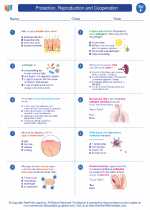 Protection, Reproduction and Cooperation
Protection, Reproduction and Cooperation  Worksheet/Answer key
Worksheet/Answer key Protection, Reproduction and Cooperation
Protection, Reproduction and Cooperation  Worksheet/Answer key
Worksheet/Answer key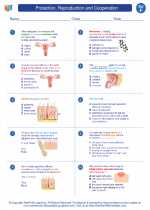 Protection, Reproduction and Cooperation
Protection, Reproduction and Cooperation  Vocabulary/Answer key
Vocabulary/Answer key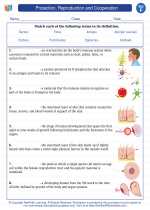 Protection, Reproduction and Cooperation
Protection, Reproduction and Cooperation  Vocabulary/Answer key
Vocabulary/Answer key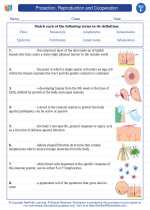 Protection, Reproduction and Cooperation
Protection, Reproduction and Cooperation  Vocabulary/Answer key
Vocabulary/Answer key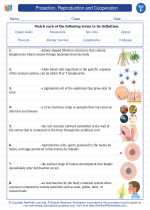 Protection, Reproduction and Cooperation
Protection, Reproduction and Cooperation 

 Worksheet/Answer key
Worksheet/Answer key
 Worksheet/Answer key
Worksheet/Answer key
 Vocabulary/Answer key
Vocabulary/Answer key
 Vocabulary/Answer key
Vocabulary/Answer key
 Vocabulary/Answer key
Vocabulary/Answer key

The resources above cover the following skills:
Reading Standards for Literacy in Science and Technical Subjects
Craft and Structure
Determine the meaning of symbols, key terms, and other domain-specific words and phrases as they are used in a specific scientific or technical context relevant to grades 6-8 texts and topics.